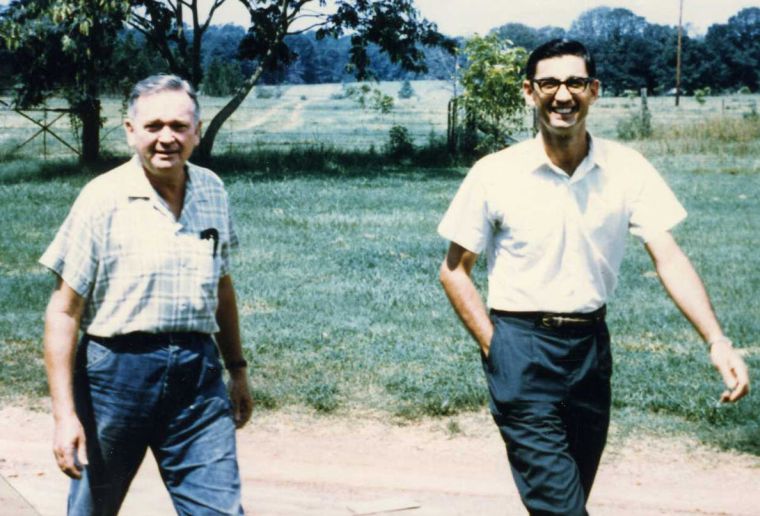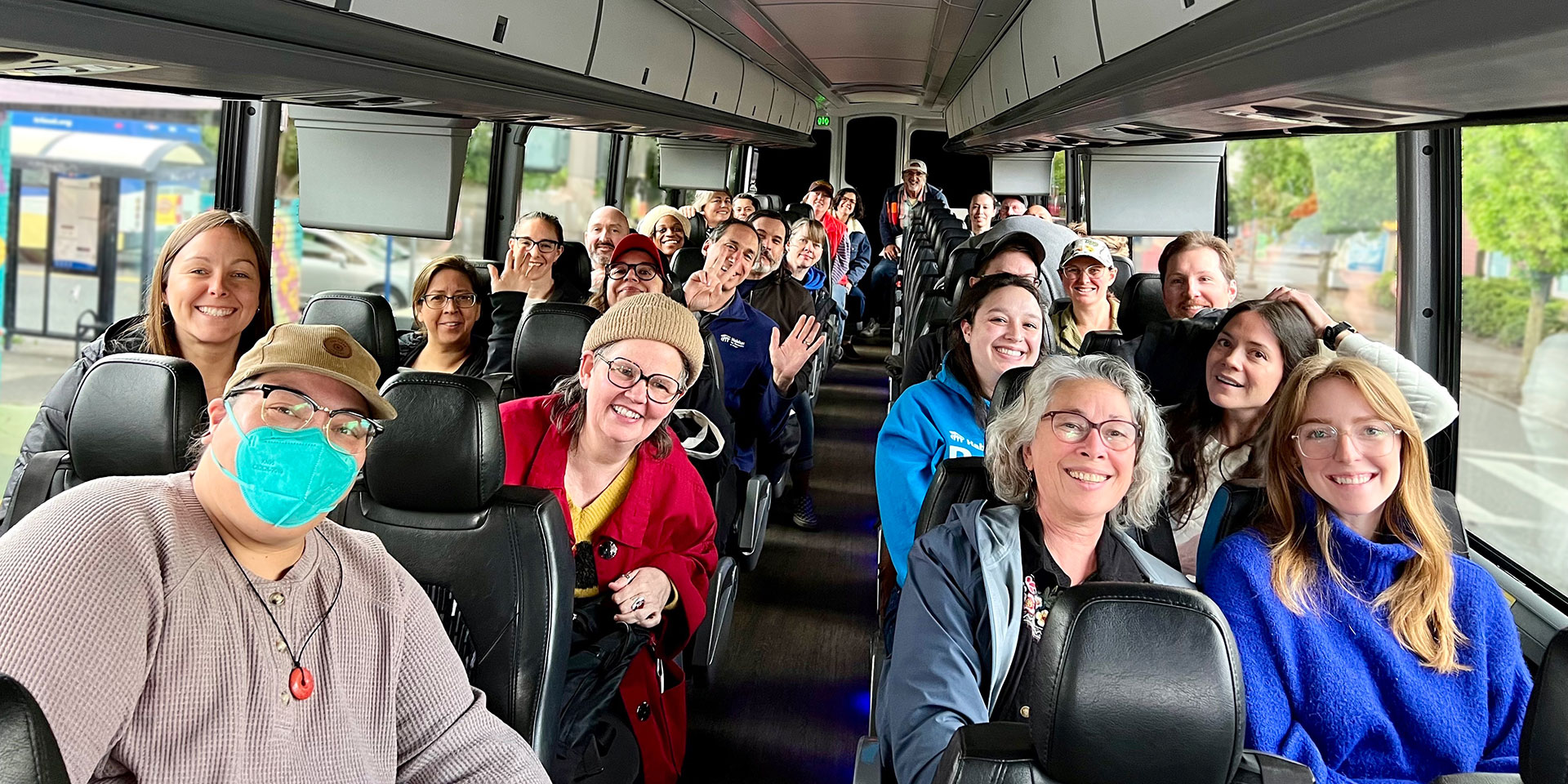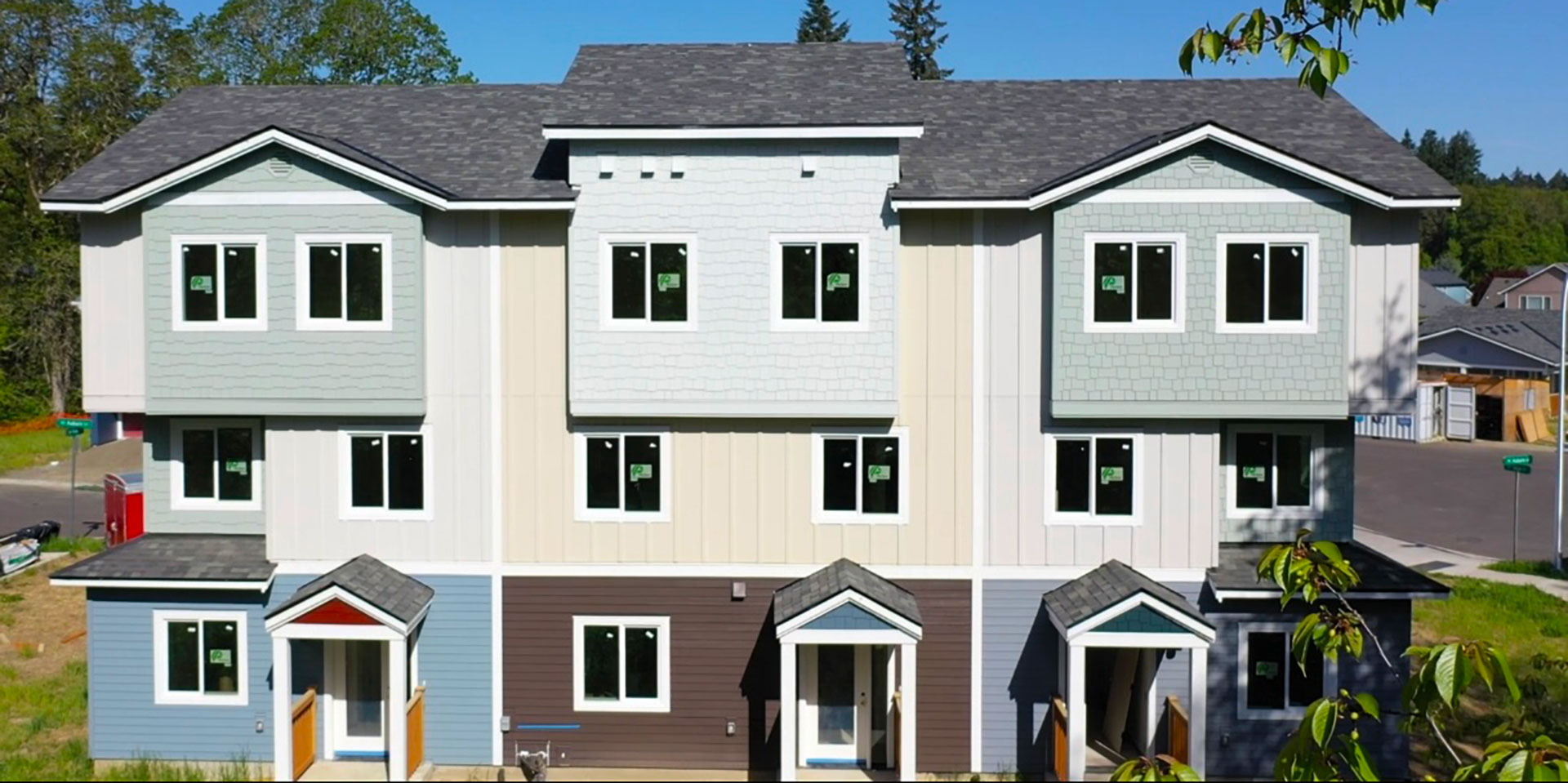
“What the poor need is not charity, but capital; not caseworkers but coworkers. And what the rich need is a wise, honorable, and just way of divesting themselves of their overabundance.”
– Clarence Jordan, Founder of Koinonia Farm
What began as a grassroots movement during the Civil Rights era has grown into a global organization of service that transcends borders. Founded on the teachings of biblical scholar, Clarence Jordan, the values embedded within Habitat for Humanity begin with the fundamental belief in equality.
Clarence and his wife, Florence, rose up during the birth of the Civil Rights era and in 1942, established Koinonia Farm in a small town outside Americus, Georgia. They aimed to create a space where African Americans could live and work right alongside white folks; where everyone was treated equally, sharing resources while being good stewards of the land.
It was a radical idea for the time and those who lived on the farm faced constant threats of violence, boycotts from local businesses, and excommunication from the church. But emboldened by their belief in social justice, the farm withstood community backlash and attracted devotees from near and far.
“What was happening on Koinonia was a beacon of light for people who believed in racial equality,” Former President Jimmy Carter said.
And in 1965, a young couple from Alabama arrived at Koinonia who would accelerate the path of the farm’s mission. Millard and Linda Fuller had sold all their riches to unite their family in social justice. Millard brought a wealth of knowledge in law and Linda, a solid background leading a low-cost housing program back home. Together, they desired to invest in a cause worthwhile and, inspired by Jordan’s teachings, partnered with Koinonia Farm on the concept of “partnership housing.”
 Through this model, people seeking adequate housing built their homes alongside volunteers from the community. Homes were sold at no profit and the new homeowners’ mortgage would go into building more affordable homes. This would be the founding model upon which Habitat for Humanity International was born.
Through this model, people seeking adequate housing built their homes alongside volunteers from the community. Homes were sold at no profit and the new homeowners’ mortgage would go into building more affordable homes. This would be the founding model upon which Habitat for Humanity International was born.
Clarence passed away in 1976, just before the first Habitat home was built right there in Americus. But the Fullers would continue his progress; spreading opportunities for equality, equity, and unity around the world.
Today, there are over 1000 Habitat affiliates around the world, with over 22 million people served in more than 70 countries. Each Habitat is unique and partners with people to build or improve a place to call home.


